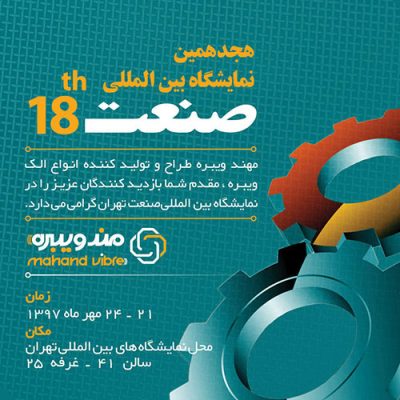The complexity of controlling the baking process is due to the speed of product transfer as well as the significant heat flux given to the product per unit time.At this stage of production, the design of the thermal curve is very important. Here, the discussion of temperature transfer to the part at any time and control from the beginning to the end of heat treatment is of particular importance, which creates mechanical strength, transparency and removal of impurities from the products. improper temperature at any time causes defective parts and energy loss. Lack of control of thermal conditions and excessive increase in temperature not only causes energy loss, but also more energy is used to cool the products and reduce the temperature.
Building ceramics are produced and marketed in several ways in the industrial world today, which can be divided as follows:
- Double baking method
In this method, the desired products are designed according to size, and non-metallic raw materials (kaolin, feldspar, talc, dolomite, silica, etc.) are used to produce their bodies. Raw production bodies are formed in the press section and after examining the mechanical and chemical properties, they are transferred to the dryer section and then to the furnace. the product is sintered and baked in a furnace under heat treatment for a certain time. This leads to high strength of production parts with special standards of those products. in the first stage, only the body is baked and decorated, but in the next stage, after glazing and decoration, the desired products are transferred to the glazing oven and then the glaze is decorated along with the body. In fact, the glaze has a lower heat tolerance than the body at that temperature, and the glaze melts on the body and becomes glassy. at this stage, the glaze takes exactly the shape of the body. One of the important principles that must be controlled in this process is the adaptation of the thermal expansion coefficients of the body and the glaze. The coefficient of thermal expansion depends on the material of the glaze and the body and the amount of heat transferred at a particular time.
In both types of ovens used to produce double-baked products (body and glaze), the structure of the ovens is exactly the same, but the difference is in the number of burners and a series of minor cases:
- In body baking furnace, the length of the furnace is longer and burners are installed on both sides of the furnace body and along the length of the furnace. These burners are located both under the rollers and on the product, the number of sub-rollers is more than the number of burners on the product. The burners in glaze kilns are located only on the product and along the length of the furnace, which in fact there is no burner in the lower part of the product.
- The beginning of the body baking furnaces is designed in such a way that the dryer is installed in the direction of the furnace. The job of the dryer is to dry the raw body produced and bring it to the required temperature and prepare it to enter the furnace. Drying conditions and moisture reduction of the product is very sensitive and is a function of specific time and temperature diagrams, which has a very high sensitivity. If there is no dryer in the glazing furnaces of this section and the glazed product enters the glazing furnace with the ambient temperature of the production hall.
- In body baking furnaces that ceramic roller transfer forward tiles play a very important role in transferring heat to the product, which in glaze baking furnaces, this role is very insignificant and can be neglected due to the structure of the furnace. given the main differences that were mentioned for both types of furnaces. These differences are technologically insignificant but important in terms of heat transfer and have a great impact on the process of baking ceramics and creating special properties in the product.
- Single baking method





